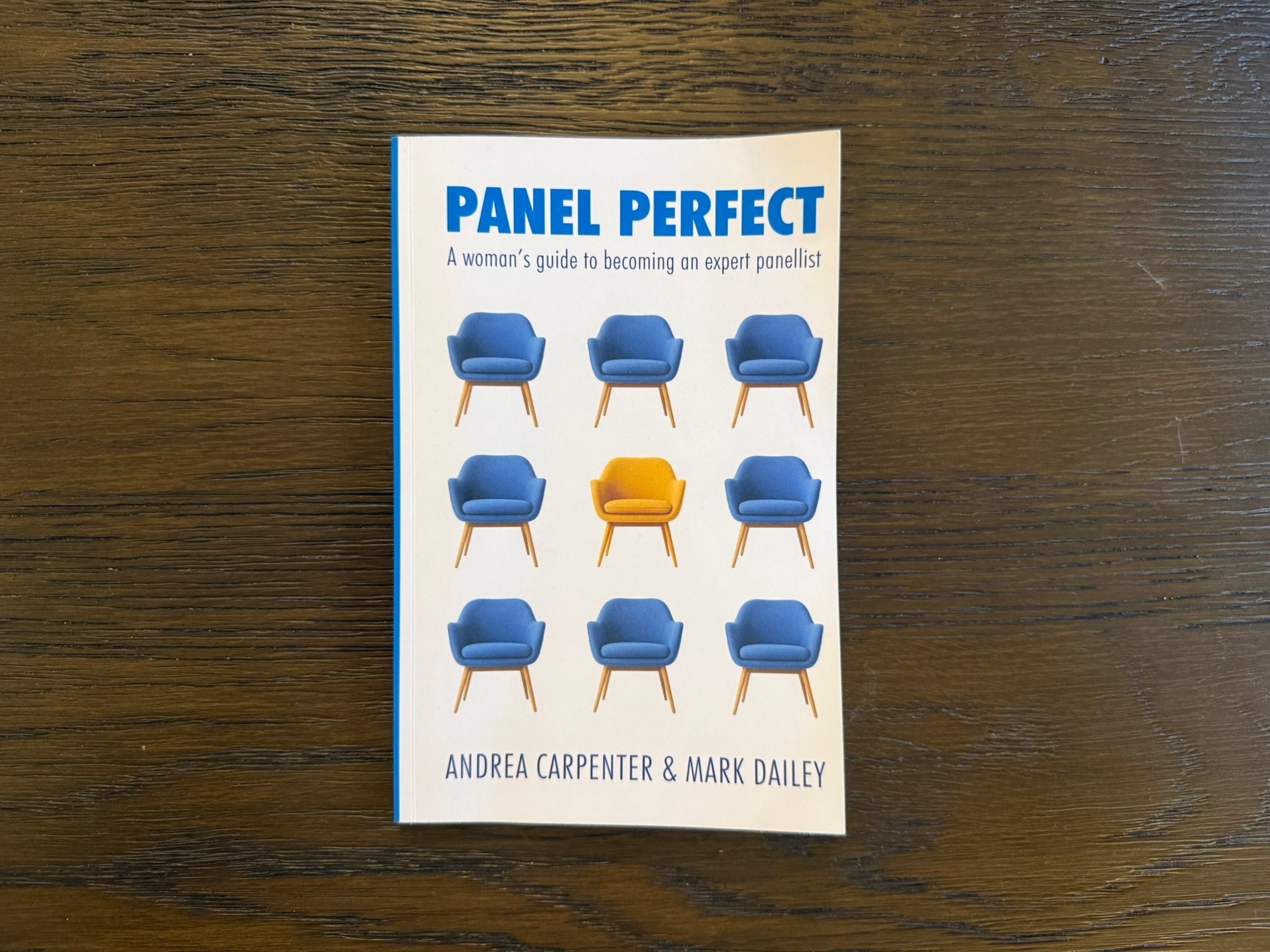Don't quote me on this: Improving your comments for media

Providing comments for the media can be an important part of building your online profile. If you’re an early stage founder drafting press releases, it’s not always easy to succinctly put into words the bigger impact of a funding round, a new product, or new market launch.
Similarly for those who might have more PR experience, and are pushing to be heard as thought leaders in a crowded fintech space, commenting on the news of the day with valuable insights - and getting this included in article write ups - has its own challenges too.
Speaking to journalists and understanding what they need is often a great place to start (or to improve your chances)
… so that’s exactly what we’ve done.
Ruby Hinchliffe, a Senior Reporter at FT Adviser and member of The Heard advises people to cut to the chase. “Avoid including too much background in a comment. All too often, I'm sent comments which talk more about what's happened, rather than analysing what an event means more broadly. We already have the data, so what we look for in a comment is a point taking this data further.”
Keep it short, but snappy. Sometimes longer analysis is welcome if the topic is a complicated one, but by and large short and snappy usually wins. It's more likely to grab my attention and easier to digest with tight deadlines.”
It might feel obvious, but when news hits and you’re wanting to jump on it, it can be easy to simply summarise what’s happened. But the journalist is perfectly capable of that too, so think about what else there is to offer.
An old Director of mine used to say write the comment with an intro and summary on the situation if you must (often it helps make whatever you want to say feel more ‘whole’ and informed). But delete that section before you hit send, and let the comment swoop straight into the ‘good bit’.
But what if it’s too early to really know the impact of the news? Or you can’t be too opinionated because of relationships you need to protect…
Ruby adds “try to say something meaningful, even if you don't want to come down on a certain side. You can still make helpful observations or add value without saying something controversial or potentially damaging to your position or business”.
Amelia Isaacs, Reporter at AltFi, points out that when it comes to comments both on the news and in releases, there’s a lack of diversity in who they hear from.“Step one is getting women and non binary people into the press releases, and to be the source of comments in the first place.”
It’s a very fair point, after all the journalists can only work with what they’ve got. There’s significant work to be done to make sure a business has a diverse range of company spokespeople.
She adds “But once you get there, there are a few things you can do to improve your chances of getting covered. On a practical level, keep your thoughts concise. It's generally hard to include quotes that are too long and waffley, so keeping your thoughts to the point is helpful. I also like to see emotion over fact -- we already know the facts, and we're unlikely to quote you on information we already know. What we need is your insight on the information, whether that's your analysis, your emotional response or just a general take.”
That’s two for two on being concise, and bringing something new to the table - which just shows it’s important across a range of media (and crucially, that we do still need reminding).
Final tips from both Amelia and Ruby:
Amelia: If you can offer to do an interview so the journalist can get an organic and original quote rather than just the written ones in the press release that's always good.
Ruby: Use a pull quote for Subject Headers in emails. I've seen a few PRs do this and it works really well.
General tips:
- Including headshots and images saves all journalists time and effort in finding them. If you’re worried about hefty attachments stopping emails reaching people, online media kits (or even just a WeTransfer link) are a great way to manage this.
- If you can, try to avoid tropes like “We are thrilled” or “We are delighted” in your comments and releases. It doesn’t offer much value, and it’s very much a stock phrase that journalists see all too often.
- Anecdotally, some journalists have spam filters for “we are thrilled” so if you use this, they’ll automatically pop you in the proverbial bin.
While the above will feel familiar to many readers, it’s a good reminder to really push yourself or your spokespeople to make sure the comment hits the mark. Is it really snappy and concise? Does it actually analyse, or offer an emotional element, that isn’t in the public domain already? Have I made it as easy as possible for the journalist to find my headshot?
As for improving spokesperson diversity in the first place, that’s something I think many of us could do to think more about…


